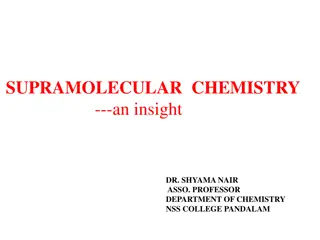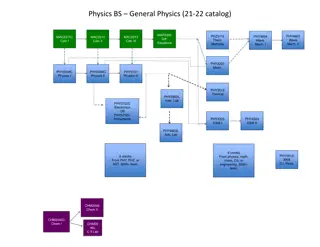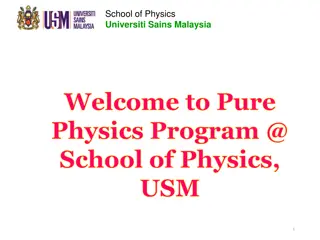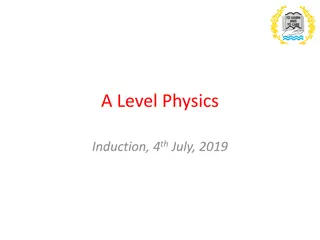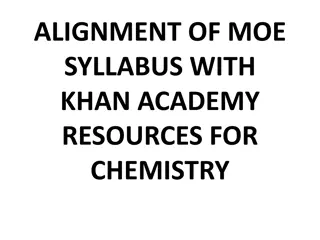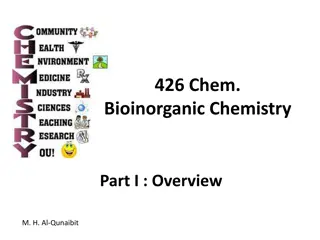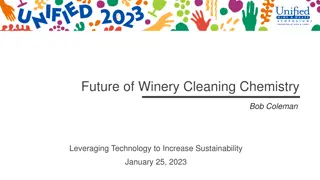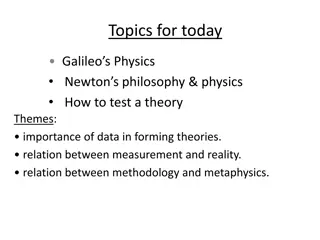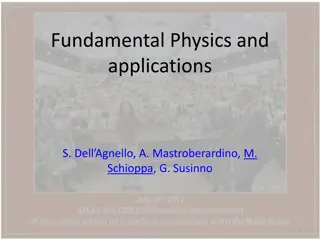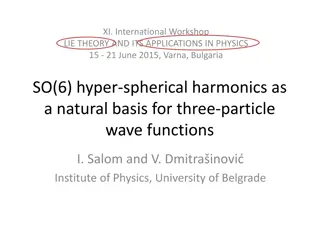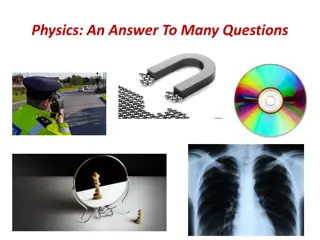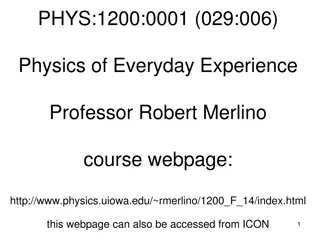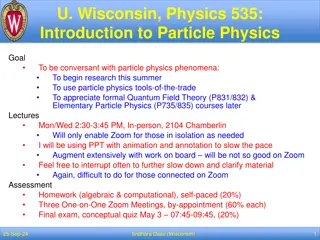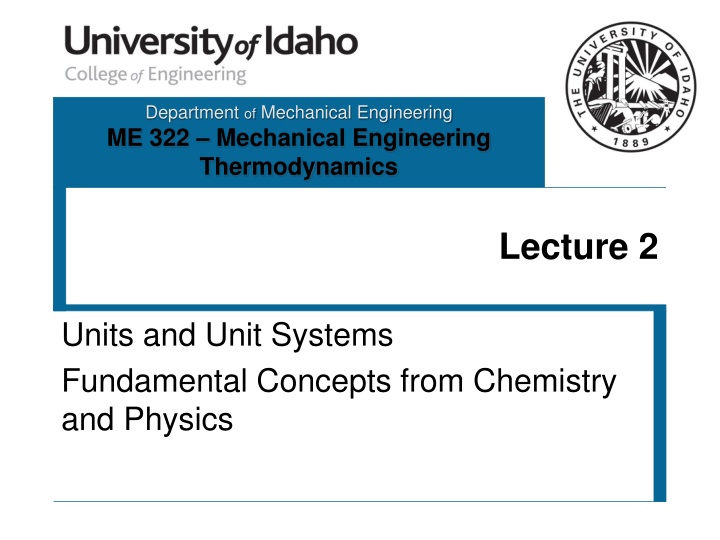
Mechanical Engineering Thermodynamics: Units, Systems, and Atomic Concepts
Explore fundamental concepts in mechanical engineering thermodynamics including unit systems, atomic mass, moles, Avogadro's number, and Newton's second law of motion.
Download Presentation

Please find below an Image/Link to download the presentation.
The content on the website is provided AS IS for your information and personal use only. It may not be sold, licensed, or shared on other websites without obtaining consent from the author. If you encounter any issues during the download, it is possible that the publisher has removed the file from their server.
You are allowed to download the files provided on this website for personal or commercial use, subject to the condition that they are used lawfully. All files are the property of their respective owners.
The content on the website is provided AS IS for your information and personal use only. It may not be sold, licensed, or shared on other websites without obtaining consent from the author.
E N D
Presentation Transcript
Department of Mechanical Engineering ME 322 Mechanical Engineering Thermodynamics Lecture 2 Units and Unit Systems Fundamental Concepts from Chemistry and Physics
Conventional Unit Systems Technical English MKS SI Engineering English Absolute English CGS Absolute Dimension Mass, M (derived) Mass, M (fundamental) Force, F (derived) Force, F (fundamental) slug (sg) kg lbm (lb) lbm gram (g) N poundal (pd) dyne (d) lbf lbf ft m ft ft cm Length, L s s s s s Time, t Temperature, T (absolute) Temperature, T (relative) Conversion factor, gc R K R R K F C F F C lbm-ft 1 1 1 1 32.174 lbf -s 2 2
Atomic Mass, Number, and Moles Each element has an atomic mass A mole is another way of saying that you have Avagadro s Number of that substance If you have Avagadro s Number of a substance it turns out the mass of that substance is equal to its Atomic Mass Atomic mass has units of mass/mole. For example: MH2O = 18.015 [g/mol], or 18.015 [kg/kmol] If you have 1 mole of H2O, you would have 18.015 grams 3
Atomic Mass, Number, and Moles You probably remember that Avagadro s Number is 6.022 x 1023 But did you remember that Avagadro s Number has units? Avagadro s Number represents how many molecules of a substance you would need such that the mass would equal the atomic mass of the substance, so Avagadro s Number is actually: 6.022 x 1023 [molecules/mole] So, what the heck is a lbmol? 4
Lbmole It s also possible to have a certain number of molecules of a substance such that you would have its atomic mass, but in units of lbm (pound mass). MH2O = 18.015 [g/mol], or 18.015 [kg/kmol], or 18.015 [lbm/lbmol] If you have 1 lbmol of H2O, you would have 18.015 lbm If you had 18.015 lbm of water you would have 1 lbmol of water. That *wouldn t* be 6.022 x 1023 molecules of water. It would be a different number of molecules ~2.73 x 1026 [1/lbmol] How to remember? Use the units of atomic mass Msubstance = mass/moles 5
Newtons Second Law of Motion Fundamental and derived dimensions for force and mass result from Newton s Second Law of Motion, F ma This expression can be rewritten as an equality by introducing a proportionality constant, ma g = F c The proportionality constant is 1/gc. The value of gc is given in the previous table for the various unit systems. 6
Newtons Second Law of Motion In the SI system, mass is fundamental and force is derived. The derived dimension for force is, m s kg-m s ma g ( ) ( ) = = = = Newton kg N F 2 2 c In the Technical English (British Gravitational) system, force is fundamental and mass is derived. The derived dimension for mass is, 2 lbf-s ft F a ( ) = = = slug sg m g c 7
Newtons Second Law of Motion In the Engineering English (IP) system, mass AND force are fundamental. What is the implication of this? Using Newton s Second Law, let s determine the force equivalent to a mass of one pound at sea level, ft ( ) 1 lbm 32.174s lbm-ft 2 ma g = = = 1 lbf F 32.174lbf-s c 2 The mystery of gcis finally revealed! The magnitude of gc was selected so that 1 lbm = 1 lbf at sea level where the acceleration due to gravity is 32.174 ft/s2. The crazy units of gcresult from a unit system were both mass and force are fundamental units. 8
Concepts from Physics Velocity (with constant acceleration) V(t) = Vo + a*t Displacement (with constant acceleration) S(t) = So + Vo*t + *a*t2 9
Other Concepts from Physics Kinetic energy of a mass Rotational 2 I = =mass moment of inertia KE I rot 2 g c Translational 2 mV = KE trans 2 g c Potential energy of a mass mgz g = PE c 10
Concepts from Chemistry Control Volume Q Fuel Heat Work W Air Exhaust 11
WHY Chemistry??? Chemistry is required to determine the heat released during a combustion process Chapter 15 Chemistry is required to help determine the properties of mixtures Chapter 12 Important chemistry concepts Working with moles instead of mass How to balance chemical reaction equations Working with mole fractions The Ideal Gas Law 12

